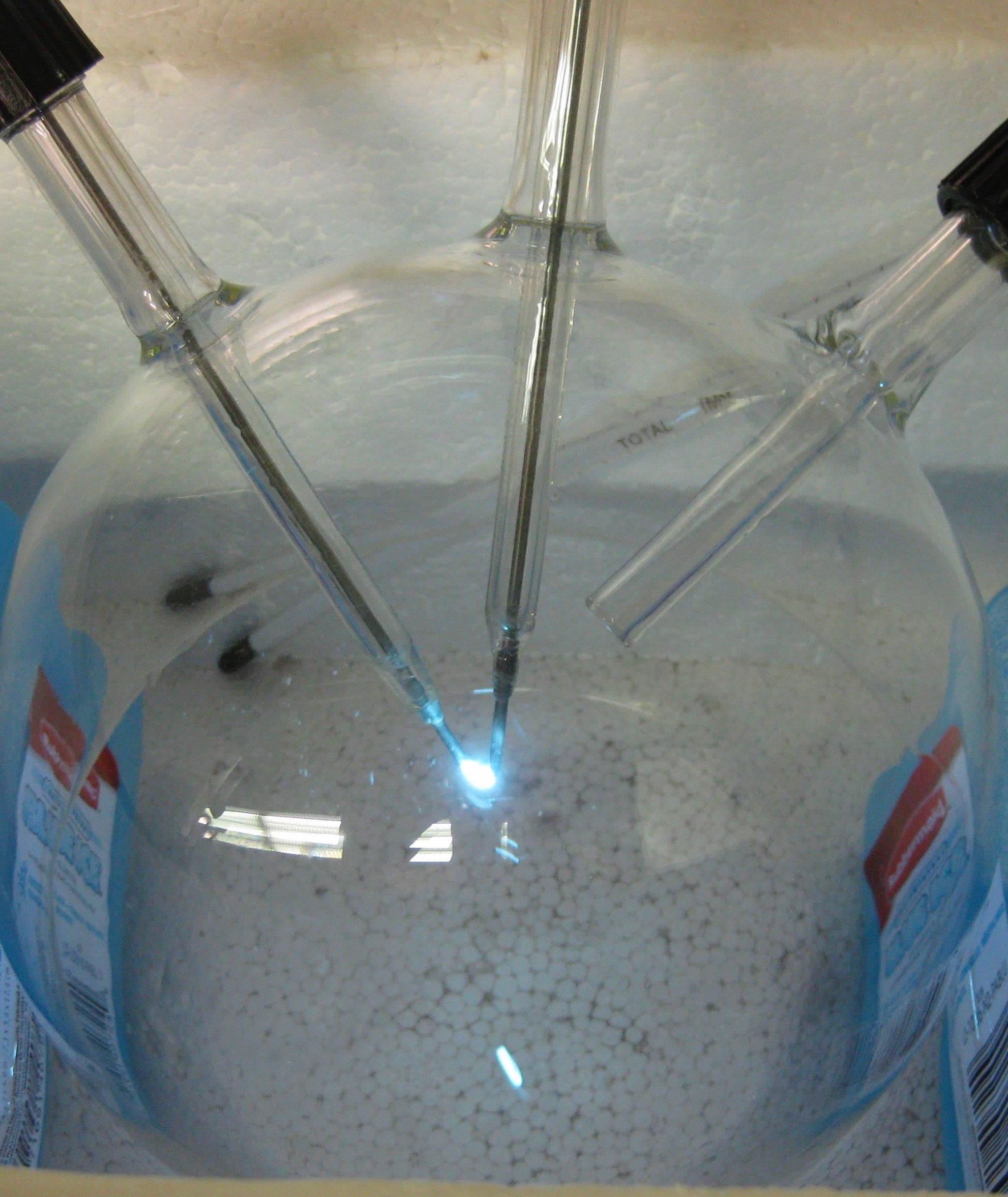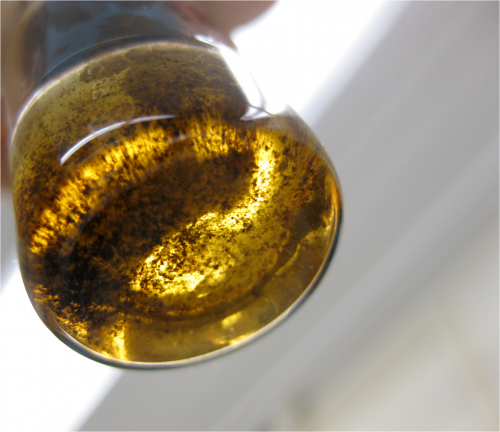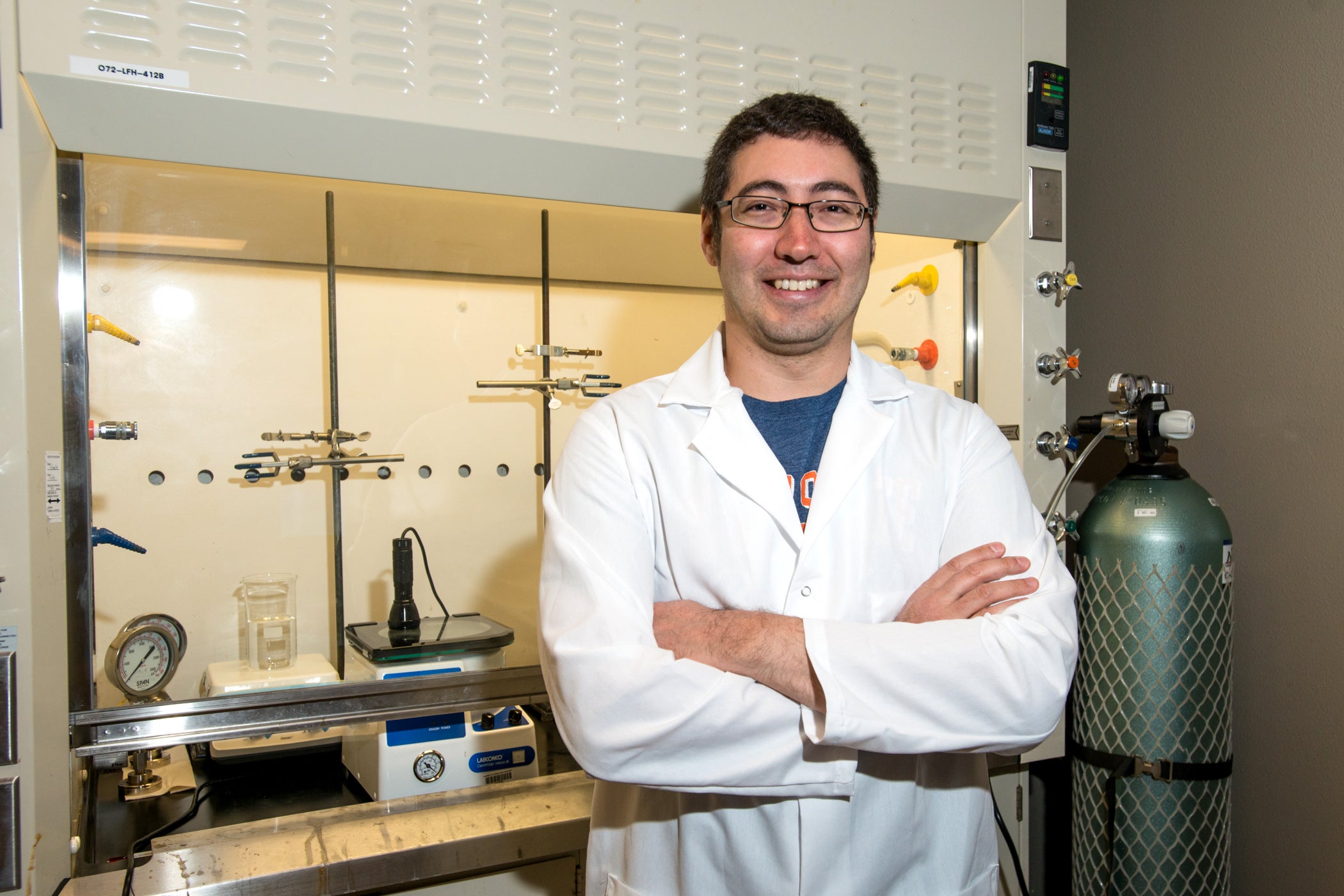In the 1950s, when chemist Stanley Miller created the experiment that would eventually bear his name – the Miller-Urey experiment – he was trying to simulate conditions of early Earth. In a glass sphere filled with methane, water vapor, ammonia and hydrogen (representing Earth’s early atmosphere), electrodes sparked to simulate lightening and the apparatus alternately heated and cooled its contents. After one week, a jet black solution formed. From this complex primordial soup, Miller made an incredible discovery: the solution that he collected contained multiple amino acids – the building blocks of proteins.

While there has been significant progress made towards understanding the origin of life since Miller’s landmark experiment, many studies have utilized experiments involving isolated reactions, favorable reaction conditions and a deft hand in the laboratory. Yet how the building blocks of life arose in the complex environments thought to be prevalent on early Earth is still a mystery.
That’s what Mike Callahan, an assistant professor of chemistry, determined to discover in coordination with fellow Boise State researchers Karen Smith and Melissa Roberts, and Penn State researcher Laura Rodriguez and professor Chris House.
The team undertook the painstaking process of testing the reactivity of nitrogen heterocycles with complex organic mixtures produced using a Miller-Urey spark discharge apparatus. Nitrogen heterocycles are ring-like structures that contain one or more nitrogen atoms and are believed to be readily available on early Earth.

“There is a widely held belief that ribonucleic acid and deoxyribonucleic acid may not have been the first genetic molecules used by life and something else came before it,” said Rodriguez. “In our study, we were interested in how nitrogen heterocycles were modified in complex organic mixtures and how these modified compounds could lead to a primitive genetic polymer that may be an alternative to RNA and DNA.”
The team discovered that the majority of nitrogen heterocycles were modified to resemble the subunits of the proposed precursor to RNA and DNA called peptide nucleic acid (PNA).
“Our findings hint at the possibility of PNA on the early earth, since we observed many robust synthetic pathways for some of its components,” said Callahan. “This also held true when we varied the composition of our simulated early Earth atmosphere.”
This discovery is not only key to understanding prebiotic chemistry that created life on Earth, it may prove to illuminate the possibilities for life on other planets.

“I always liked the idea that we can understand chemistry from billions of years ago and don’t need to jump into a DeLorean to get there,” said Callahan.
The team’s findings were published June 26 in Scientific Reports. Research was funded by the NASA Exobiology Program and the NASA Astrobiology Institute. Read the full report here: https://www.nature.com/articles/s41598-019-45310-z